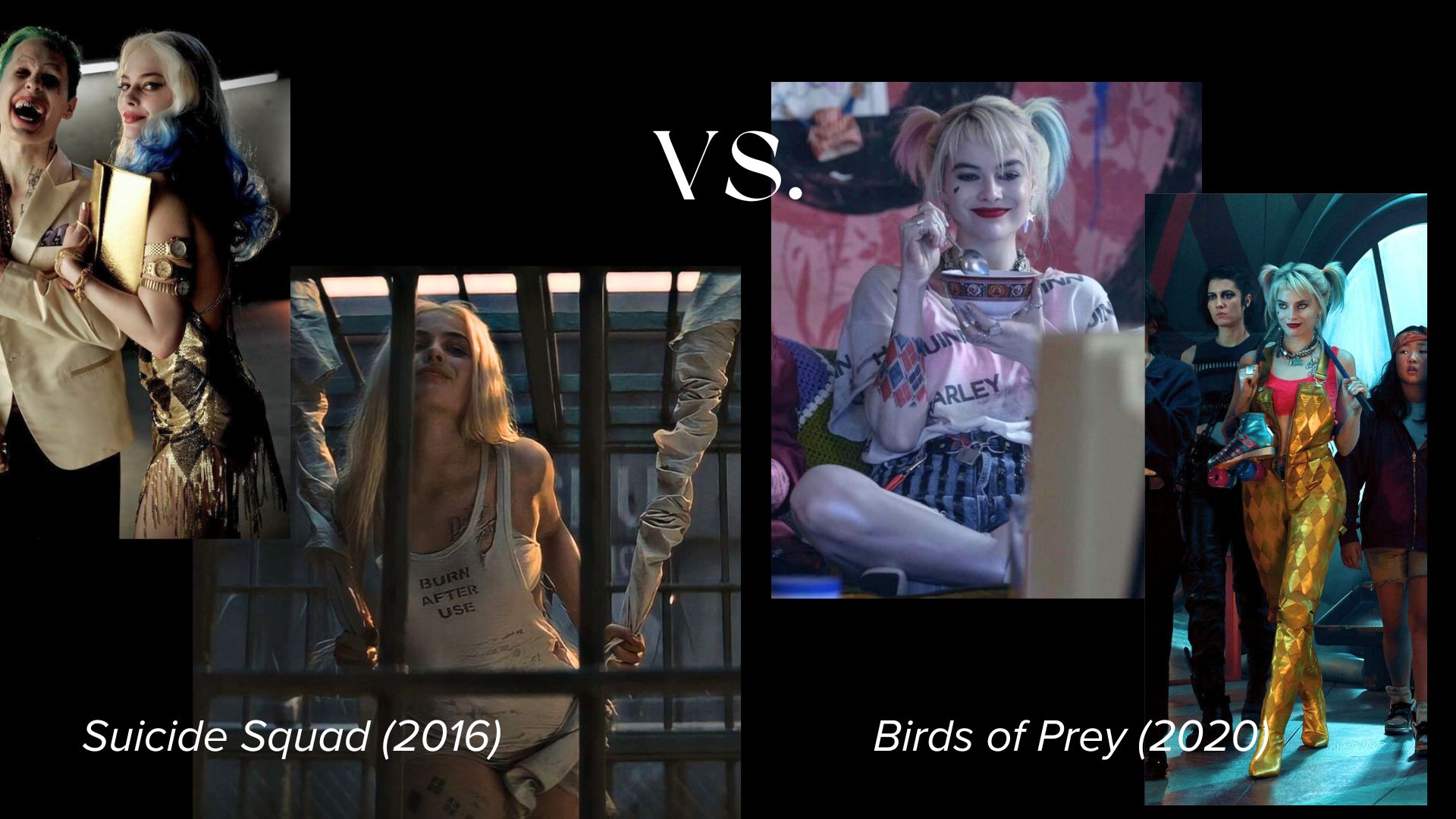Let’s be honest — I’m not here to write hater comments or overly negative reviews. That said, I’ll keep it brief: Joker: Folie à Deux left me feeling frustrated, depressed, and hopelessly sad. Moreover, the portrayal of Harley Quinn, which I personally was really looking forward to, felt more like an afterthought, too background-oriented to make a significant impact.
But let’s shift the focus to the positives. If you’re nostalgic for old-school songs, this movie delivers in spades: both Lady Gaga and Joaquin Phoenix gave powerhouse performance. The color palette and visual storytelling were also undeniably striking — a true feast for the eyes with its artsy, thoughtful aesthetics. And that’s where I’ll leave my impressions, so you can form your own opinion on this piece. (Feel free to share your thoughts in the comments!)
Now, if the focus isn’t going to remain on the latest Joker installment, you may be asking — why bring it up at all? The answer lies in a broader, more significant discourse: gender representation in the filmmaking industry.
photographer: Adrian Gründler (@indivisual_hd)
style: vispire studio (@vispire.studio)
Yes, you gotta get serious sometimes!
Female underrepresentation in cinema is a double-edged issue — both visible on-screen and deeply rooted behind the scenes. Let’s start by looking at what happens backstage.
Quick question: could you name more male or female directors? If your answer is “male,” keep breathing. I mean, sisters Wachowski definitely did their best to contribute to the balance but it is probably not exactly what we’ve meant…
So, why so serious? (Yes, borrowing the iconic Joker question here.) Let me start with a disclaimer: this is not about belittling anyone or diminishing the incredible work created by male directors. Instead, it’s a conversation about why representation matters and how we can create a more equitable future in storytelling.
Some might argue that the discrepancy between male and female directors doesn’t reflect discrimination, but rather that women just need to work harder (and smile more, I guess…). Well, I’d like to offer a counterpoint and try to explain why it is important to have films like Birds of Prey (2020), directed by Cathy Yan, and why it’s crucial to give women more opportunities to direct — not just for the sake of equality, but to cultivate a truly sustainable and diverse creative industry.
This isn’t about erasing the past —
every voice matters, and the achievements of male directors are invaluable. Rather, this is about building a better future where more people get to tell their stories. In this case, it’s about women telling women’s stories, offering an alternative perspective that enriches and diversifies our understanding of the world.
I’ve already mentioned Birds of Prey (2020), a film that centers around Harley Quinn — the Joker’s beloved, or more accurately, ex-beloved (not much of a spoiler, I promise). If you compare Harley’s portrayal in this movie to her depiction in Suicide Squad (2016), directed by David Ayer, you’ll notice a striking difference in how her character is framed. Both films are enjoyable in their own way (if you’re into chaotic, action-packed storytelling), but what stands out about Birds of Prey is its perspective. Cathy Yan, a female director, tells a story about a woman, and that alone makes the movie unique in a landscape still dominated by male viewpoints.

That’s why
having stories like Harley’s, told by female filmmakers, is so refreshing — and also why it feels like something was missing in Joker: Folie à Deux (2024). As much as I appreciate the Joker narrative, I was still waiting for a fully realized Harley Quinn perspective to balance the scales.
Now, let’s move up to the stage, from the directors to the actors themselves. In the last few decades, we’ve seen a surge of strong, independent female characters on-screen. From superheroes and daring adventurers to fearless cops and warriors, women are finally stepping into roles that challenge the status quo. Even Disney has been making strides with characters like Moana, Merida (Brave), and Elsa (Frozen). And while we celebrate this progress, it’s worth remembering that this wasn’t always the case. For much of Hollywood history, action, sci-fi, and superhero genres have been overwhelmingly male-dominated.
Of course, there have always been exceptional female characters who broke through the mold. But these standouts were the exceptions, not the rule — a topic I’d love to dive into further in another article.
To sum it all up:
whether you love or hate films directed by women, their existence matters. They’re vital for a society striving for equality, diversity, and shared perspectives. Stories told by women, about women, bring balance to a world that has long been dominated by one-sided narratives.
This isn’t about flipping the dominance script or replacing one group with another. It’s about coexistence, mutual respect, and hearing all voices equally. Gender is just one piece of the puzzle, but it’s an essential step toward true inclusivity.
I’m happy to live in a time when we’re finally starting to try. Still, there are a lot of walls to be broken — and I believe we’ll get there, one step at a time.
















